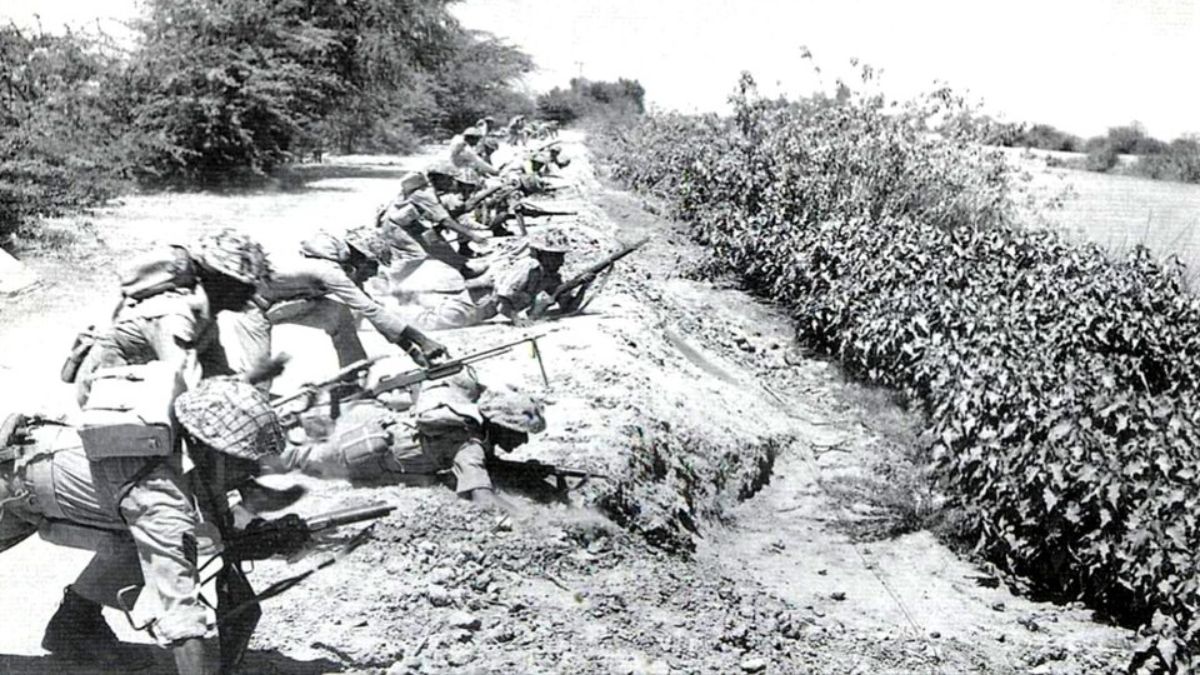India and Pakistan were once part of the same country. But after the partition of 1947, the two nations rarely saw eye-to-eye, leading to clashes over the years. The first time that India and Pakistan clashed was on September 6, 1965.
If you are a history geek who loves to learn about important events from the past, Firstpost Explainers’ ongoing series, History Today , will be your one-stop destination to explore key events.
In 1966, South African Prime Minister Hendrik Verwoerd, often called the ‘architect of apartheid,’ was assassinated in Cape Town’s Parliament.
Here is all that happened on this day.
India-Pakistan War of 1965 began
The India-Pakistan War of 1965 officially began on September 6, 1965, when the Pakistani army launched Operation Grand Slam. With this mission, they aimed to capture Akhnoor in Jammu and Kashmir. The conflict was the culmination of rising tensions following Pakistan’s Operation Gibraltar, in which armed infiltrators were sent into Kashmir in August 1965 to incite rebellion against Indian rule. India responded firmly, and the conflict soon escalated into a full-scale war.
On September 6, Indian forces crossed the international border into Pakistan in the Lahore sector, marking the start of one of the largest tank battles since World War II. Fierce fighting erupted in regions including Punjab, Rajasthan, and Kashmir, with both countries deploying infantry, armour, and air power. Major battles took place at Asal Uttar, Khem Karan, and Sialkot, showcasing intense military confrontations.
The war lasted for 17 days, making it one of the shortest but most intense wars fought between the two nations. Both India and Pakistan claimed victory, but heavy casualties and economic losses were incurred on both sides. India gained an upper hand in certain strategic regions, while Pakistan’s initial objective of seizing Kashmir remained unfulfilled.
Internationally, the conflict drew attention from both the United States and the Soviet Union, as well as the United Nations, which called for an immediate ceasefire. The war ended on September 23, 1965, following diplomatic intervention by the UN.
South Africa’s Verwoerd stabbed to death
On this day in 1966, South African Prime Minister Hendrik Verwoerd, often called the “architect of apartheid,” was assassinated in Cape Town’s Parliament. The event shocked the nation and marked a dramatic turning point in South Africa’s turbulent history.
Verwoerd, who had been in office since 1958, was the chief designer of apartheid. Under his leadership, apartheid policies were expanded, stripping Black South Africans of political rights, enforcing forced removals, and deepening racial divisions. He was a controversial yet powerful figure, deeply admired by supporters of white supremacy and fiercely hated by opponents of apartheid.
On the day of the attack, Verwoerd was seated in Parliament when he was approached by Dimitri Tsafendas, a parliamentary messenger of mixed Greek and Mozambican descent. Tsafendas suddenly drew a knife and stabbed Verwoerd multiple times in the chest. The Prime Minister died almost instantly, before medical assistance could reach him.
Tsafendas was subdued and arrested on the spot. During his trial, he was declared mentally unfit to stand trial due to schizophrenia, and instead of facing execution, he was confined to prison and later a mental institution, where he spent the rest of his life.
Verwoerd’s assassination created a brief moment of political uncertainty in South Africa. However, the apartheid system he had entrenched remained firmly in place for decades, continuing under his successors until its dismantling in the early 1990s.
This Day, That Year
A funeral for Princess Diana was held on this day in 1997.
In 1991, the Soviet Union recognised the independence of the Baltic states, i.e. Estonia, Latvia, and Lithuania.
Germany fired the first long-range V-2 missile at an Allied target during World War II in 1944.
)